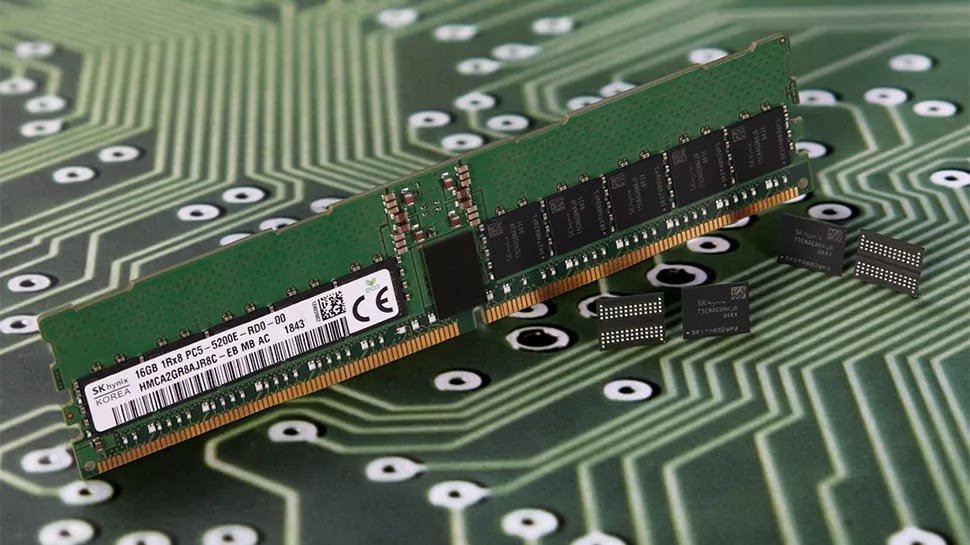Non-binary DDR5 memory has the potential to revolutionize commercial operations worldwide.
There is now a more affordable and adaptable technique to expand RAM.
Finally available on the market, the long-anticipated switch to non-binary
DDR5 RAM offers a major upgrade over the existing standard, with more
flexibility and a focus on cost-effectiveness.
The non-binary DDR5 RAM's capacity to step up in halves, as opposed to the
traditional format of doubling with which we are familiar, is one of its main
advantages.
Right now, we anticipate that RAM will go from 16GB to 32GB and then again to
64 GB. For instance, non-binary DDR5 RAM will support 24GB and 48GB as well.
Half steps will almost probably be less expensive than buying double, making
the improved flexibility of the non-binary DDR5 RAM a positive development
that will enable devices to perform more complex tasks without greatly
increasing the cost.
Both corporate users and tech enthusiasts have been eagerly awaiting the
arrival of the non-binary DDR5 RAM since it represents a significant
advancement in-memory technology.
Many predict that non-binary DDR5 RAM will replace binary DDR5 RAM as the next
industry standard for various devices, including servers, laptops, and desktop
computers.
Non-binary DDR5 RAM is anticipated to have greater capacity and performance
than DDR4 while also being more energy-efficient. The potential to design
devices that consume less power and produce less heat, which should lead to
longer battery life and increased dependability, will be a welcome development
for device manufacturers.
Overall, the introduction of non-binary DDR5 RAM represents a critical turning
point for the technology sector and is anticipated to have a big influence on
how gadgets are made and utilized. In the upcoming years, it's expected that a
variety of gadgets will embrace the new memory technology as companies attempt
to capitalize on its numerous advantages.








Add a touch of sophistication to your wardrobe with our Women's Leather Blazers at Arsenal Jackets. Designed for the modern woman, these blazers combine timeless elegance with a contemporary edge. Explore our collection and make a statement in every season.
ReplyDelete